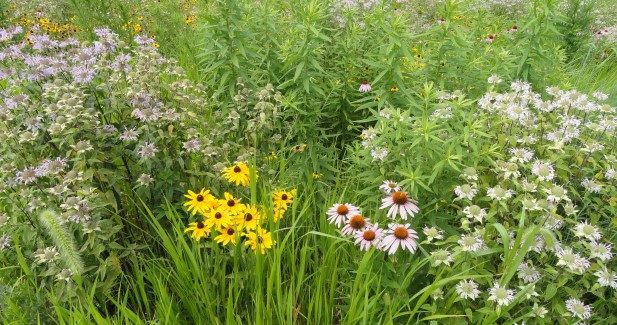The Dangers of Unmarked Seeds
Earlier this week, the US department of Agriculture started receiving reports of people receiving unmarked packages of seeds. In almost all cases, they were postmarked from China. Within days, reports had been confirmed in all 50 states. While the situation is still being investigated, this is believed to be part of a brushing scam. A brushing scam involves people […]
The Dangers of Unmarked Seeds Read More »

